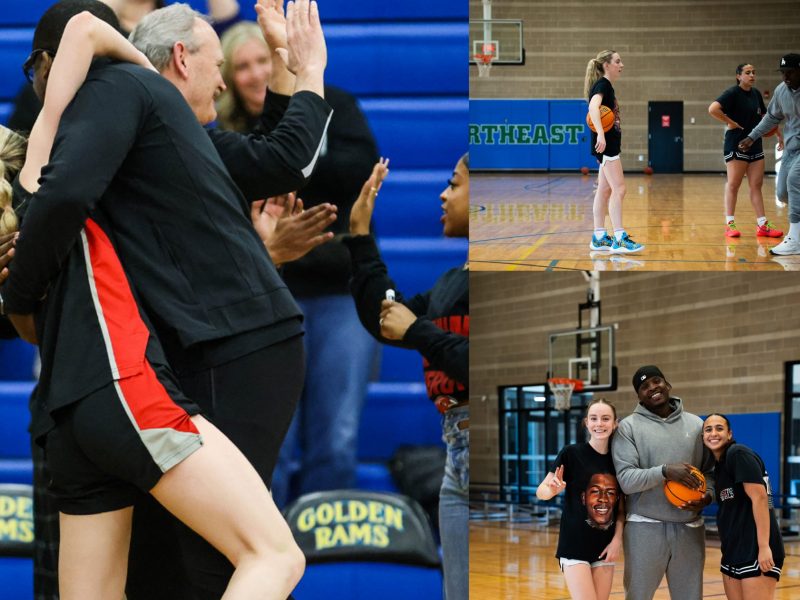University researchers are pushing the definitions of mechanical engineering by applying its principles to the functions and composition of the human brain.
Henry Haslach, a mechanical engineering research professor, wanted to look at the mechanics behind mild traumatic brain injuries, rather than the chemical aspect. Brain functions and processes can be altered with any degree of head trauma, Haslach said, especially in the case of brain injuries from accidents, sports or military combat.
“It’s very, very difficult to identify minor damage done,” he said. “Not many [people] look into the mechanical aspect.”
Haslach and his team investigated how trauma or impact to the head can transform the inner workings of the brain and cause mechanical damage. The axons — projections on nerve cells that transmit information to muscles and glands — in the brain are lined up in white matter, where stress from an external force could stretch them and easily disrupt the pressure inside the extracellular fluid, Haslach said.
Soldiers’ blast injuries initially provided the idea for the research, Haslach said. The team began its work in 2009. While doctors generally focus on chemical changes that occur after an injury, Haslach believes a different approach could reveal new ways to treat people with mild traumatic injuries.
Lauren Leahy, a graduate research assistant who works in mechanical engineering, helps with Haslach’s research by analyzing the mechanical response of the tissue within the brain to the damage that occurs during an injury.
“When you hit your head, it causes a deformation wave, and any impact creates a shock wave,” Leahy said. This impact creates a flow of fluid, ultimately causing damage.
“Damage isn’t something that can always be visually seen,” Leahy said. After an injury, the brain will have “a lower stress-carrying ability,” she said.
Leahy, who started helping with Haslach’s research during her senior year, now serves as a mentor to Tara Meisinger, a senior mechanical engineering major who works closely with Haslach, analyzing heart tissue rather than brain tissue.
“[The research] has the potential that can help a lot of people,” including concussion patients, Meisinger said.
The research could help prevent brain damage by prompting innovation in areas like helmet design, Leahy said. Industries “could do a lot more” when it comes to protective gear, Meisinger said, including potentially creating customized protection to resist traumatic forces.
Haslach’s findings will be published in the Journal of the Mechanical Behavior of Biomedical Materials in January, and are available on the journal’s website. Meisinger said she hopes students interested in medicine will apply the research to their jobs to better treat brain injuries.
“If they have the same information that we have, it could be more effective,” Meisinger said. “Once we can get some conclusive evidence, it can get to people who can actually help people.”


